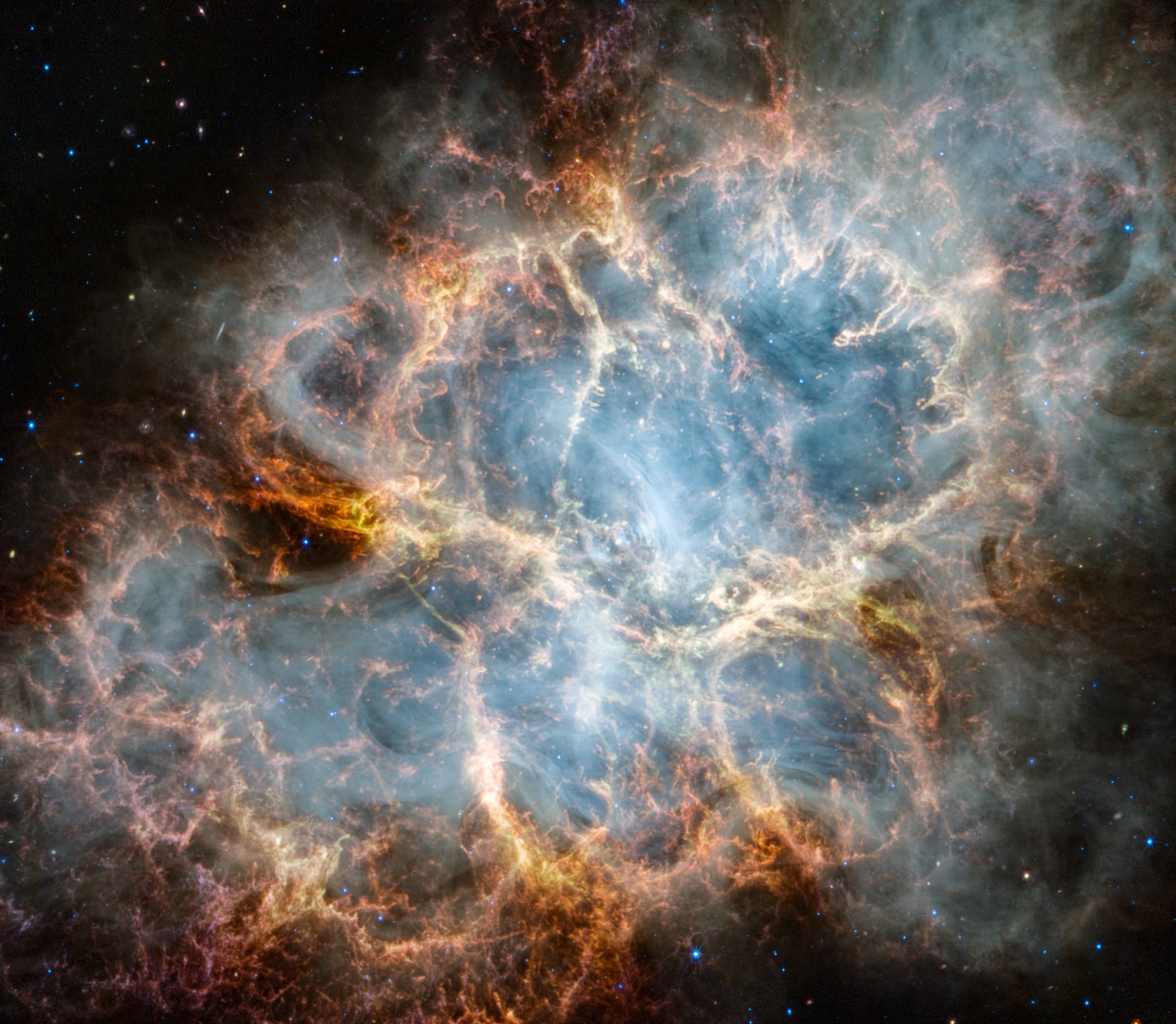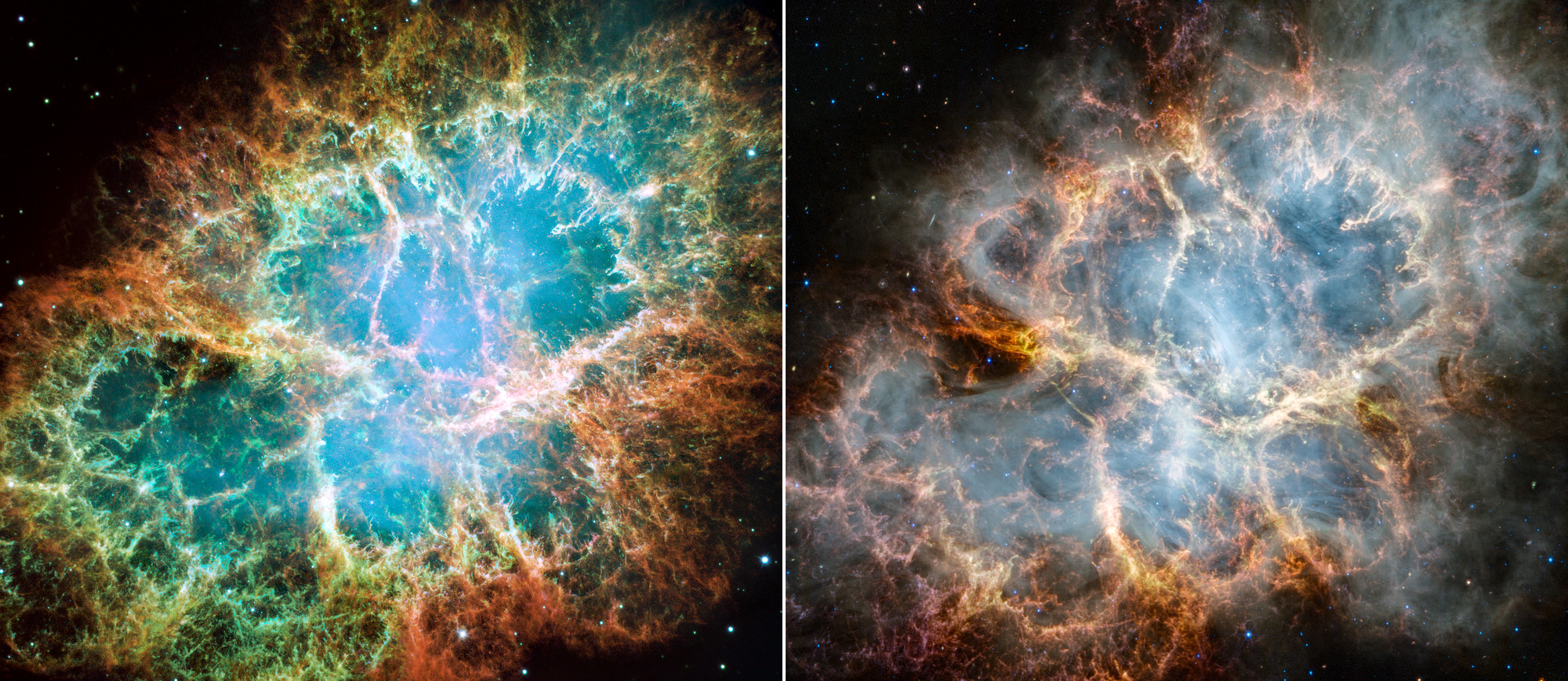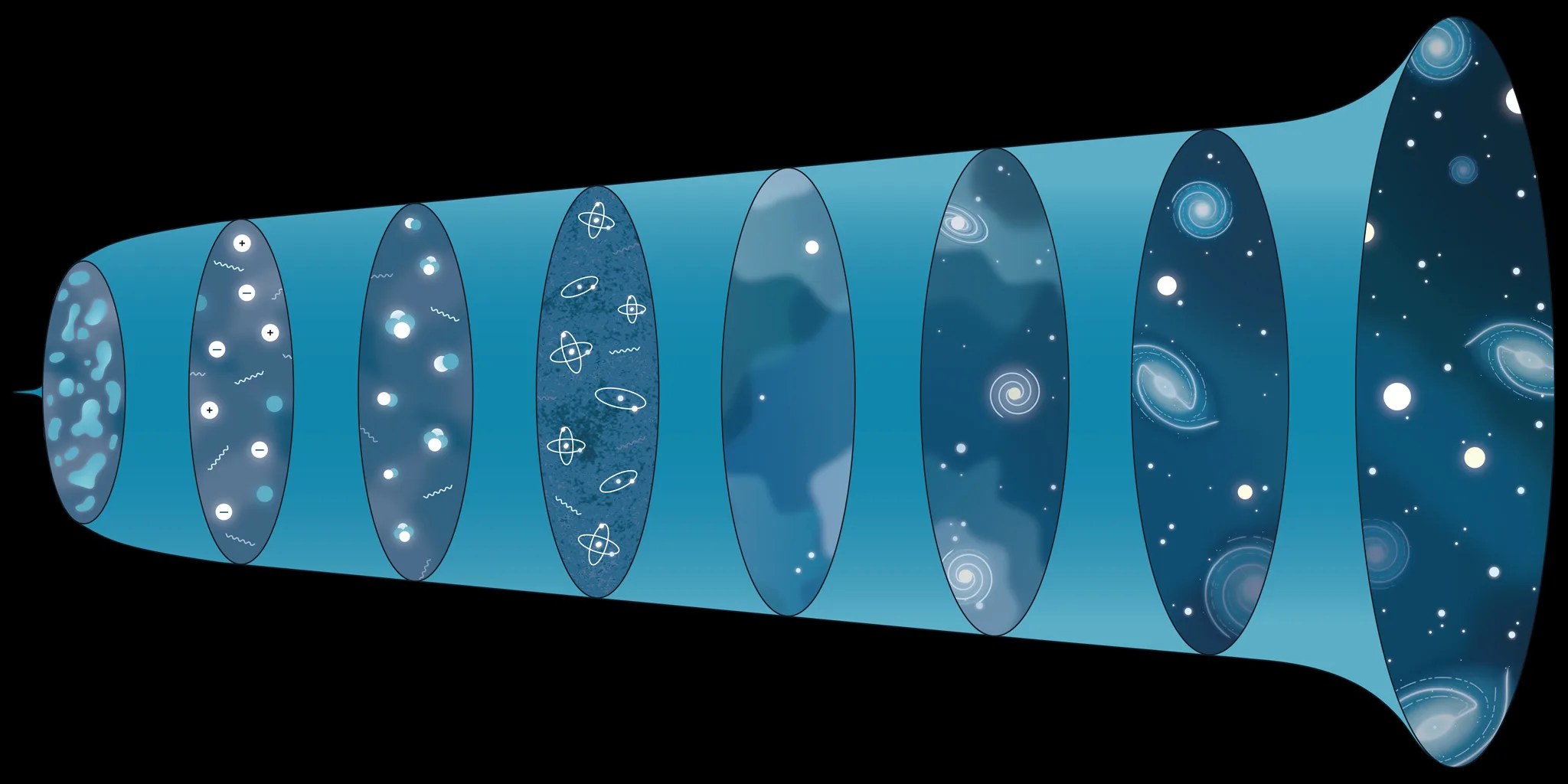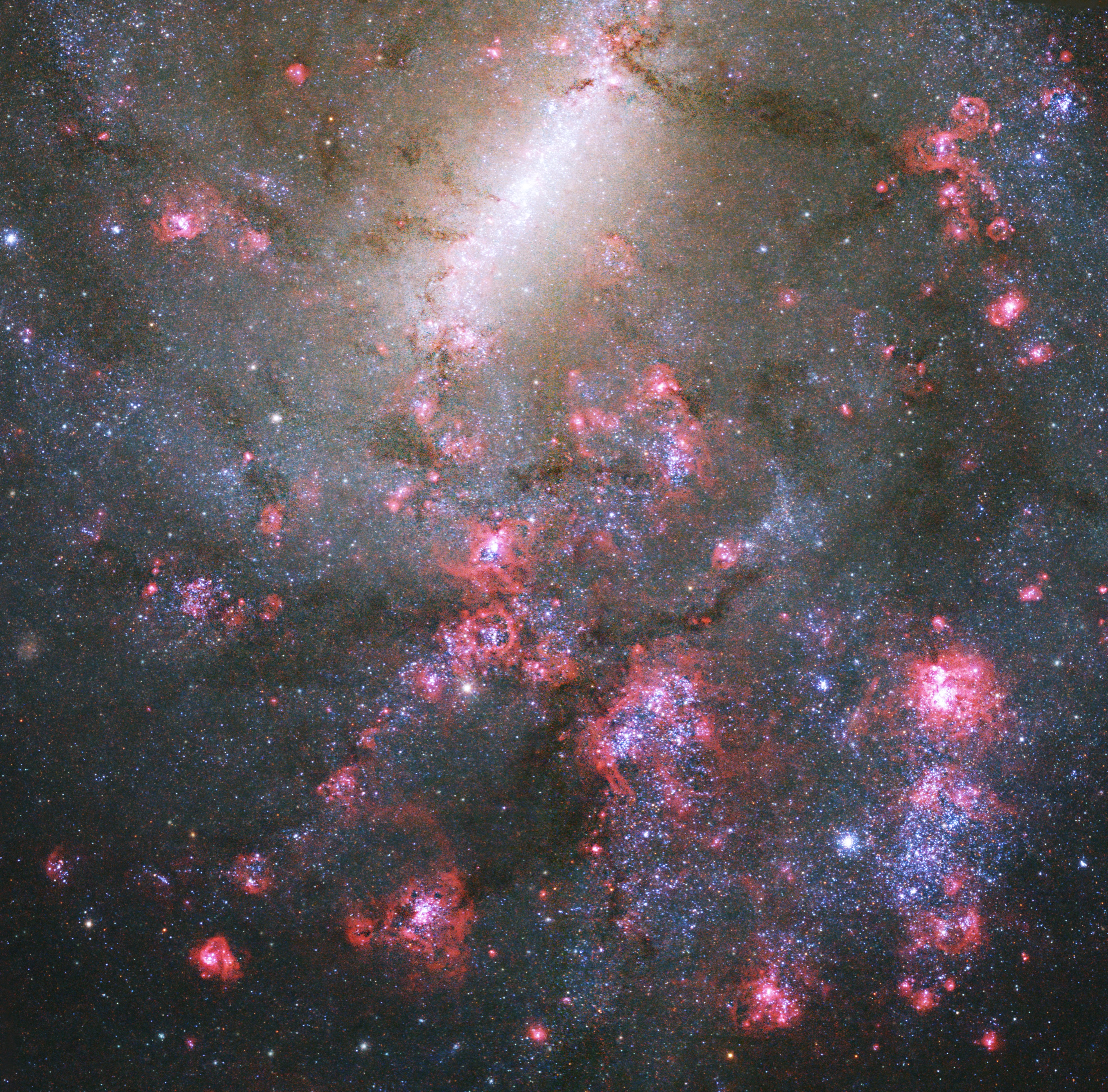Exquisite, never-before-seen details help unravel the supernova remnant’s puzzling history.
NASA’s James Webb Space Telescope has gazed at the Crab Nebula, a supernova remnant located 6,500 light-years away in the constellation Taurus. Since the recording of this energetic event in 1054 CE by 11th-century astronomers, the Crab Nebula has continued to draw attention and additional study as scientists seek to understand the conditions, behavior, and after-effects of supernovae through thorough study of the Crab, a relatively nearby example.
Image: Crab Nebula

Using Webb’s NIRCam (Near-Infrared Camera) and MIRI (Mid-Infrared Instrument), a team led by Tea Temim at Princeton University is searching for answers about the Crab Nebula’s origins.
“Webb’s sensitivity and spatial resolution allow us to accurately determine the composition of the ejected material, particularly the content of iron and nickel, which may reveal what type of explosion produced the Crab Nebula,” explained Temim.
Image: Webb and Hubble

At first glance, the general shape of the supernova remnant is similar to the optical wavelength image released in 2005 from NASA’s Hubble Space Telescope: In Webb’s infrared observation, a crisp, cage-like structure of fluffy gaseous filaments are shown in red-orange. However, in the central regions, emission from dust grains (yellow-white and green) is mapped out by Webb for the first time.
Additional aspects of the inner workings of the Crab Nebula become more prominent and are seen in greater detail in the infrared light captured by Webb. In particular, Webb highlights what is known as synchrotron radiation: emission produced from charged particles, like electrons, moving around magnetic field lines at relativistic speeds. The radiation appears here as milky smoke-like material throughout the majority of the Crab Nebula’s interior.
This feature is a product of the nebula’s pulsar, a rapidly rotating neutron star. The pulsar’s strong magnetic field accelerates particles to extremely high speeds and causes them to emit radiation as they wind around magnetic field lines. Though emitted across the electromagnetic spectrum, the synchrotron radiation is seen in unprecedented detail with Webb’s NIRCam instrument.
Video: Tour of Webb Image
To locate the Crab Nebula’s pulsar heart, trace the wisps that follow a circular ripple-like pattern in the middle to the bright white dot in the center. Farther out from the core, follow the thin white ribbons of the radiation. The curvy wisps are closely grouped together, outlining the structure of the pulsar’s magnetic field, which sculpts and shapes the nebula.
At center left and right, the white material curves sharply inward from the filamentary dust cage’s edges and goes toward the neutron star’s location, as if the waist of the nebula is pinched. This abrupt slimming may be caused by the confinement of the supernova wind’s expansion by a belt of dense gas.
The wind produced by the pulsar heart continues to push the shell of gas and dust outward at a rapid pace. Among the remnant’s interior, yellow-white and green mottled filaments form large-scale loop-like structures, which represent areas where dust grains reside.
The search for answers about the Crab Nebula’s past continues as astronomers further analyze the Webb data and consult previous observations of the remnant taken by other telescopes. Scientists will have newer Hubble data to review within the next year or so from the telescope’s reimaging of the supernova remnant. This will mark Hubble’s first look at emission lines from the Crab Nebula in over 20 years, and will enable astronomers to more accurately compare Webb and Hubble’s findings.
Learn More: Crab Nebula
Want to learn more? Through NASA’s Universe of Learning, part of NASA’s Science Activation program, explore images of the Crab Nebula from other telescopes, a 3D visualization, data sonification, and hands-on activities. These resources and more information about supernova remnants and star lifecycles can be found at NASA’s Universe of Learning.
The James Webb Space Telescope is the world’s premier space science observatory. Webb is solving mysteries in our solar system, looking beyond to distant worlds around other stars, and probing the mysterious structures and origins of our universe and our place in it. Webb is an international program led by NASA with its partners, ESA (European Space Agency) and the Canadian Space Agency.
NASA’s Universe of Learning materials are based upon work supported by NASA under cooperative agreement award number NNX16AC65A to the Space Telescope Science Institute, working in partnership with Caltech/IPAC, Center for Astrophysics | Harvard & Smithsonian, and Jet Propulsion Laboratory.
Media Contacts
Laura Betz – laura.e.betz@nasa.gov
NASA’s Goddard Space Flight Center, Greenbelt, Md.
Hannah Braun – hbraun@stsci.edu, Christine Pulliam – cpulliam@stsci.edu
Space Telescope Science Institute, Baltimore, Md.
Downloads
Download full resolution images for this article from the Space Telescope Science Institute.
Related Information
Neutron Stars – https://universe.nasa.gov/stars/types/#otp_neutron_stars
Universe/Stars Basics – https://universe.nasa.gov/stars/basics/
Universe Basics – https://universe.nasa.gov/universe/basics/
More Webb News – https://science.nasa.gov/mission/webb/latestnews/
More Webb Images – https://science.nasa.gov/mission/webb/multimedia/images/
Webb Mission Page – https://science.nasa.gov/mission/webb/































